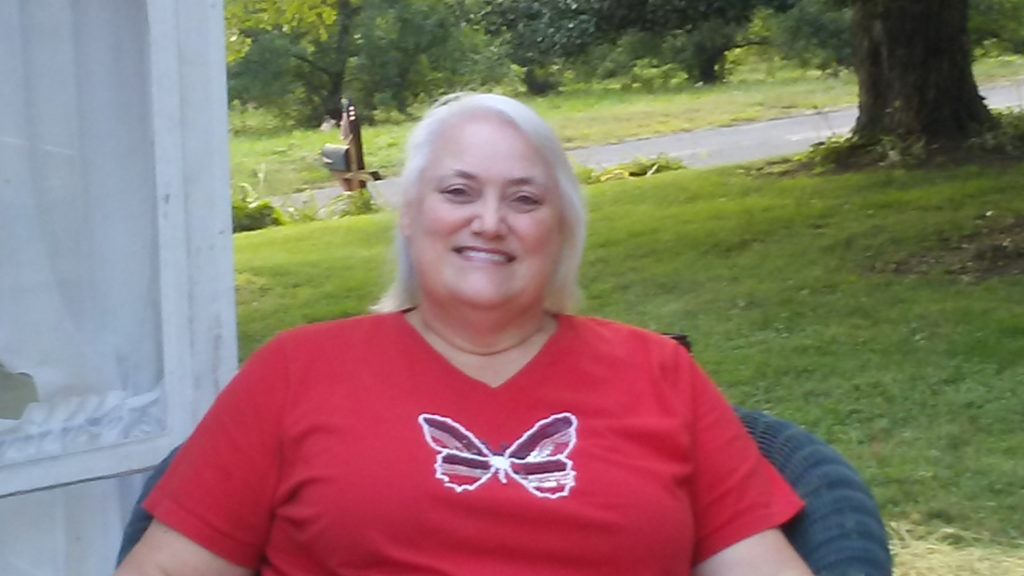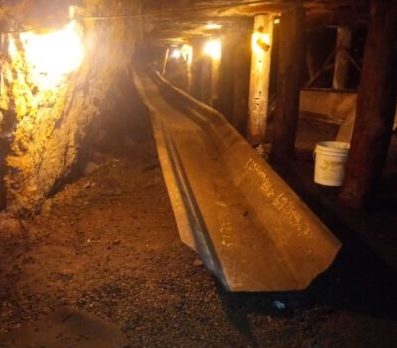
We recently visited Johnstown, PA, where we learned about its historic flood. On May 31, 1889, due to a series of bad decisions and unfortunate events, a dam 14 miles upriver from Johnstown failed and spilled 20,000,000 tons of water into the valley below. Yes, twenty million tons of water! I cannot even imagine that much water. And, although it was not the first, nor the last, flood to decimate Johnstown, it was the worst. Today the town of Johnstown is home to several museums but the one we visited was the Johnstown Flood Museum. (https://www.jaha.org/attractions/johnstown-flood-museum/)
We began with the interactive map portraying the path of the water from the dam through the valley and down into the town; moved to a brief history of the dam itself and the Country Club that owned it at the time of the disaster; saw before and after pictures; read eyewitness accounts; learned about the work involved in restoring the town; and walked through an actual “Oklahoma House”—a prefabricated house that helped provide shelter to townfolk who had lost everything.
We felt overwhelmed by the destruction and loss of life. The enormity of the disaster left us temporarily speechless. The bravery and resilience of the survivors made us both humble and proud. And the tour of the Oklahoma House left us grateful for what we have today.
The Flood Museum also caused us to be curious about the dam and the Country Club. So off we went on a 14-mile drive to the Johnstown Flood National Memorial—a small US National Park. (https://www.nationalparks.org/explore/parks/johnstown-flood-national-memorial) There we discovered a calm, picturesque view. So peaceful in fact, that we ate our picnic lunch overlooking the broken dam and enjoying the serenity. It was a scene of innocent nature and it appeared to be unconscious of the havoc it had wreaked over 130 years ago.
We made our way into the National Park’s Visitor Center and found it to be a perplexing contradiction. The Visitor Center contains a diorama and two floors of detailed information, which helped us to further understand the complexities of the event. However, the movie entitled “Black Friday,” was extremely disappointing. Even though the Commonwealth of PA had originally owned the dam for use with the canal—and had let it fall into disrepair before selling it to a private owner, the movie placed the blame for the dam’s breech squarely on the shoulders of the rich who had turned the land (and the dam) into a country club. There were, indeed, things that the country club SHOULD have done to fix the dam, but the fact is, according to information on the walls of the Visitor Center, the dam was not safe when the country club owner purchased the property. In our opinion, the movie was not a balanced narration but seemed to frequently bash not only the country club rich but also capitalism as a whole, insinuating that capitalism was part of the evil that caused the tragedy. It was also rather “dark” and could be frightening to young children as it portrayed people being swept away by the raging water and several scenes gave you the feeling that you were tumbling topsy-turvy in the floodwaters yourself. Viewer discretion is advised.
Overall, it was an enlightening experience—one which drove home the reality that all our actions have consequences.



